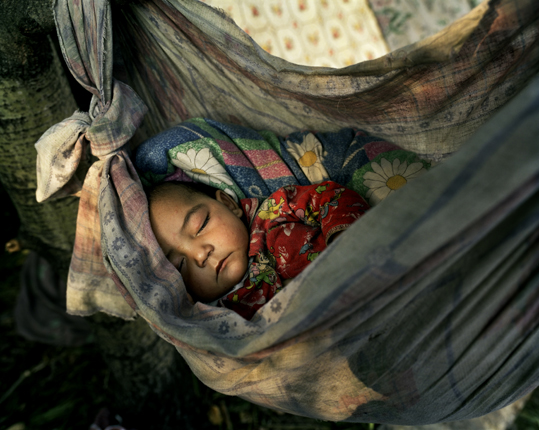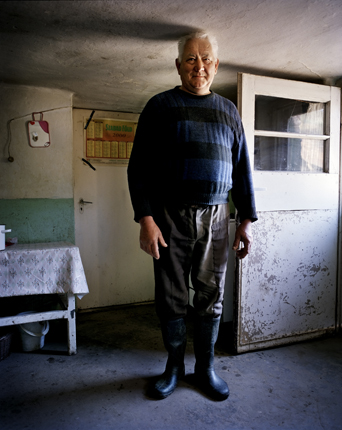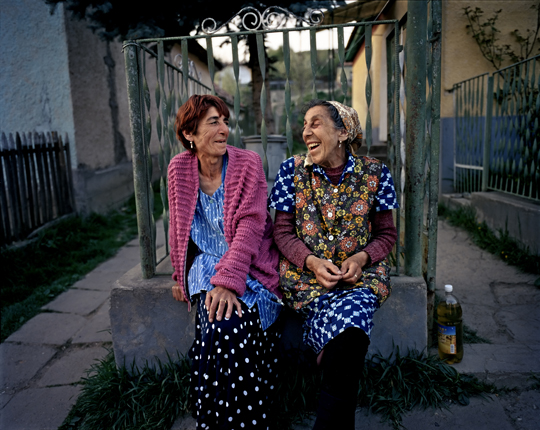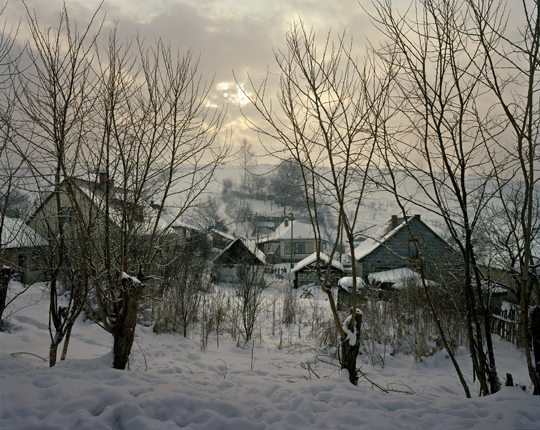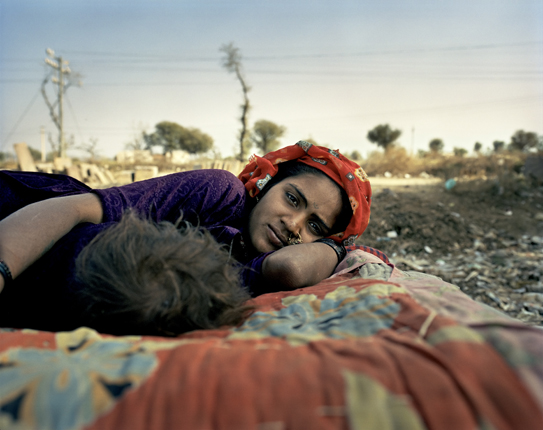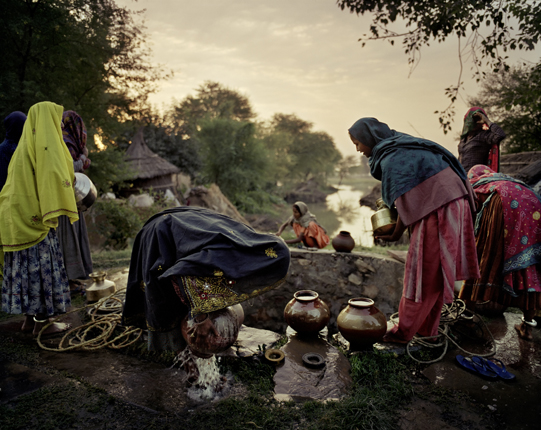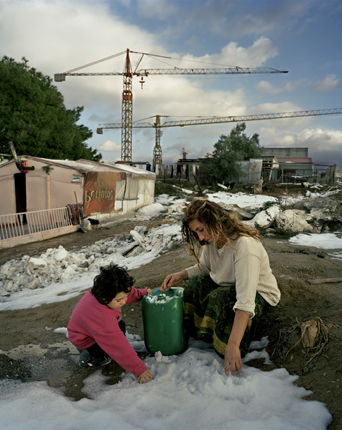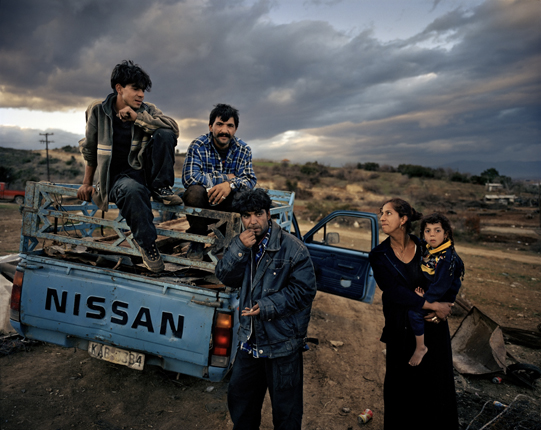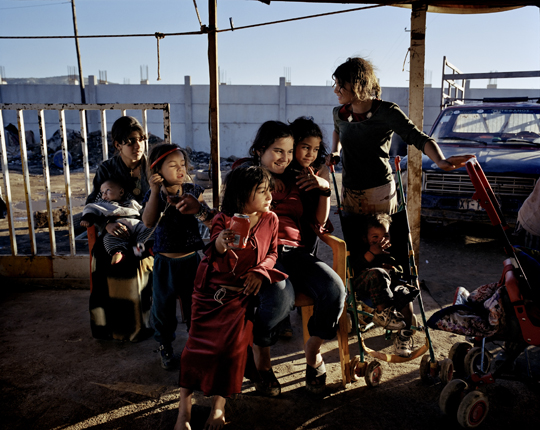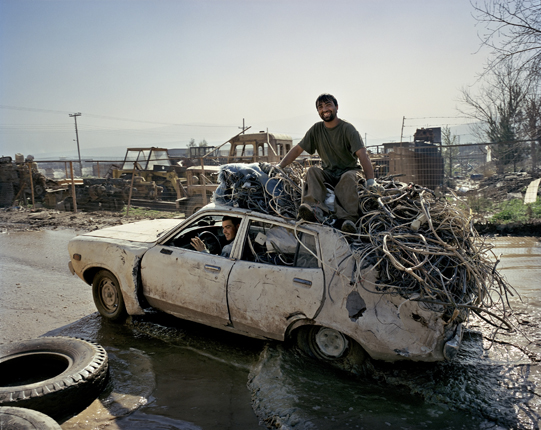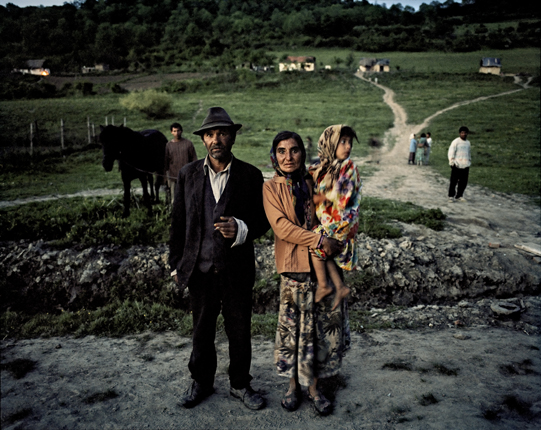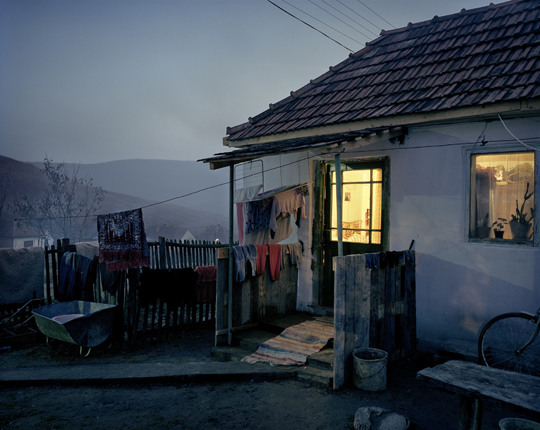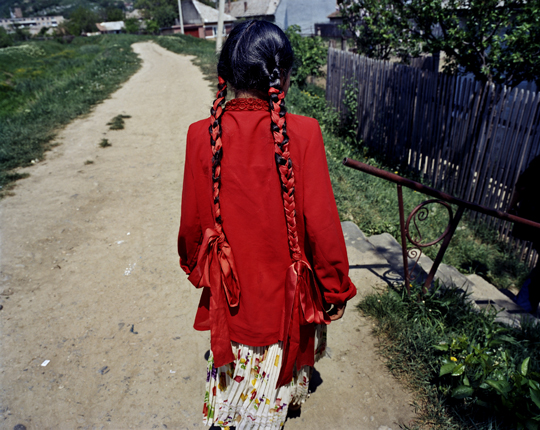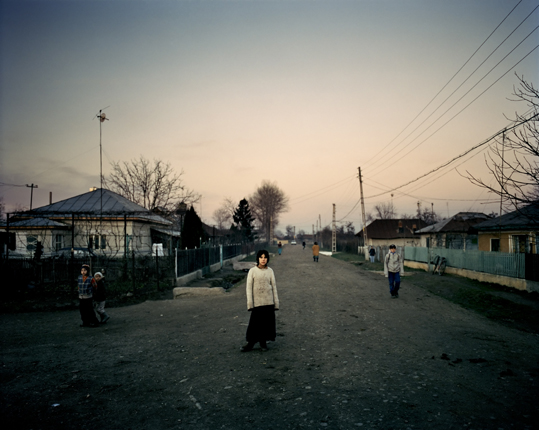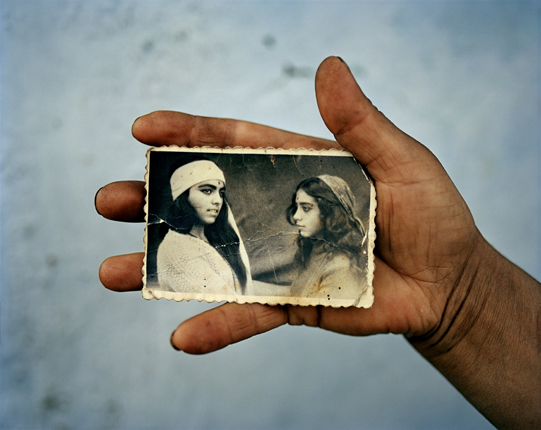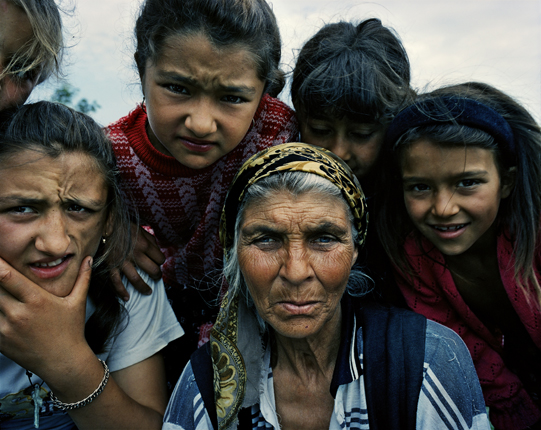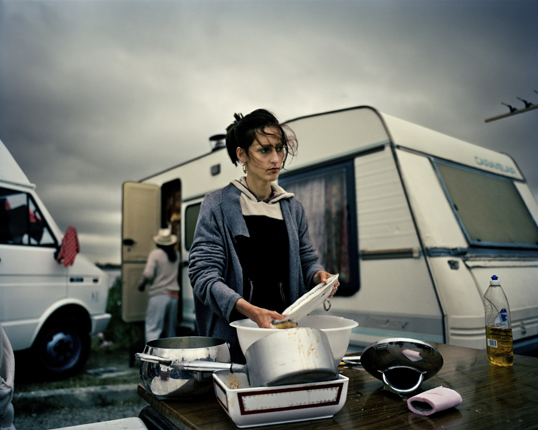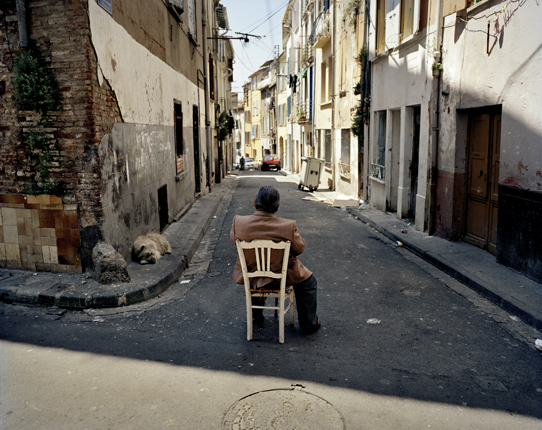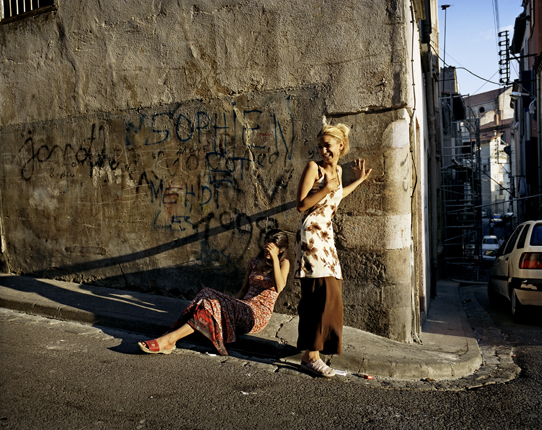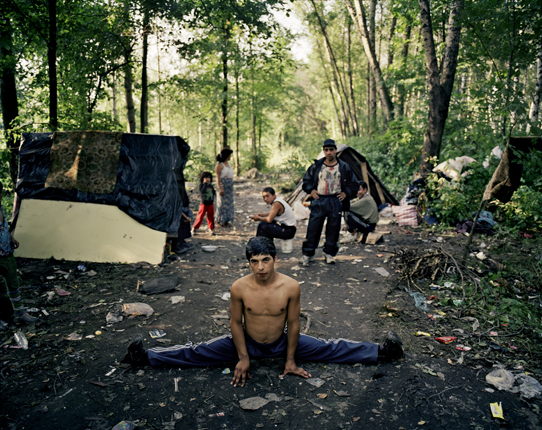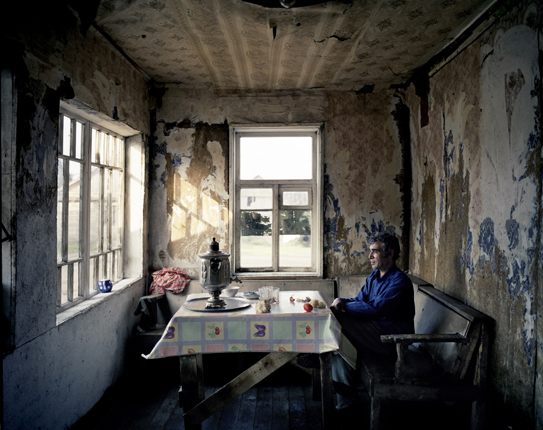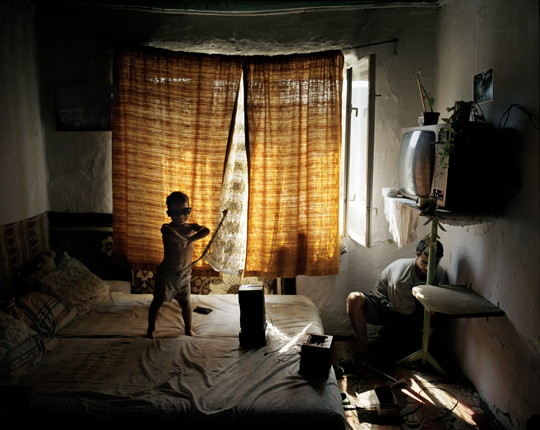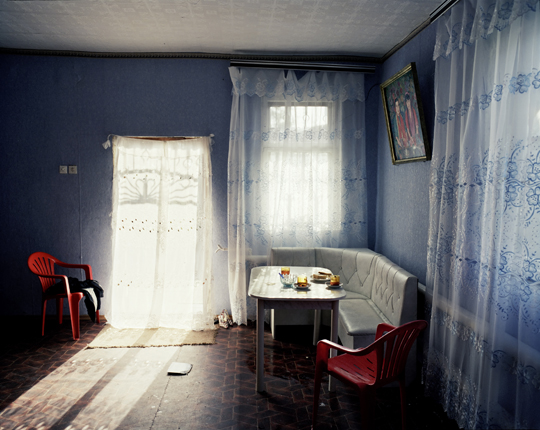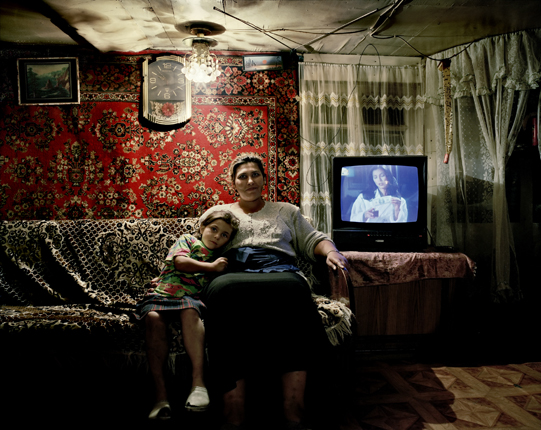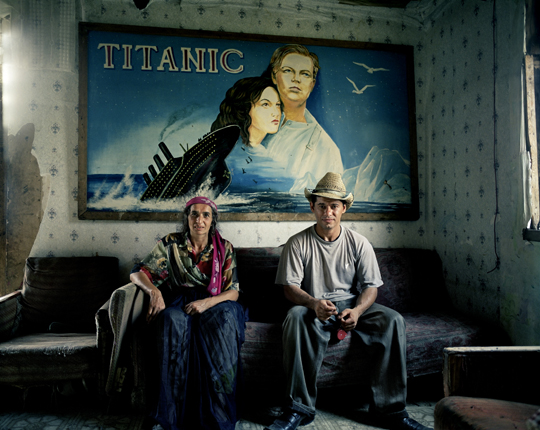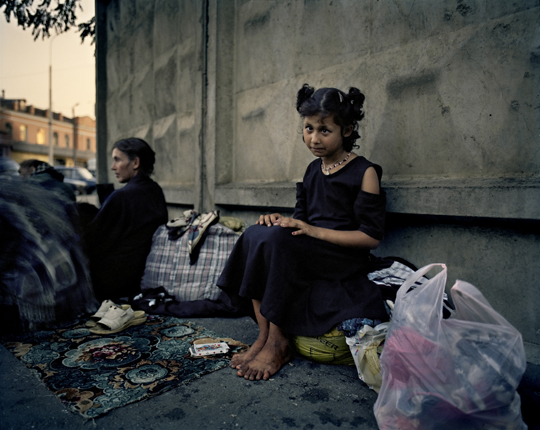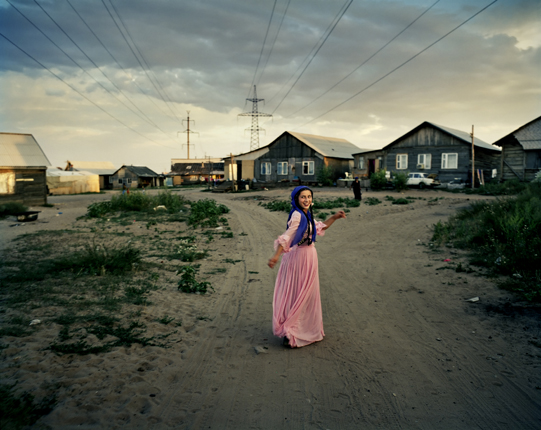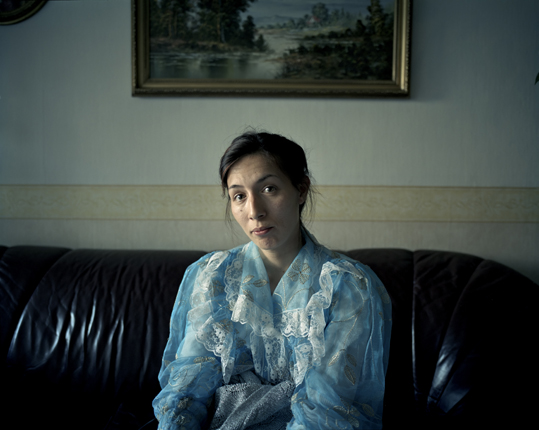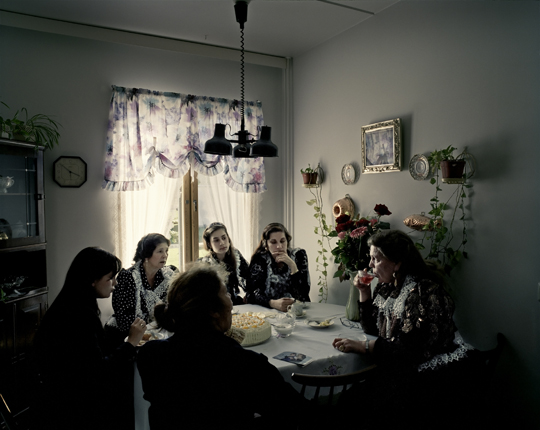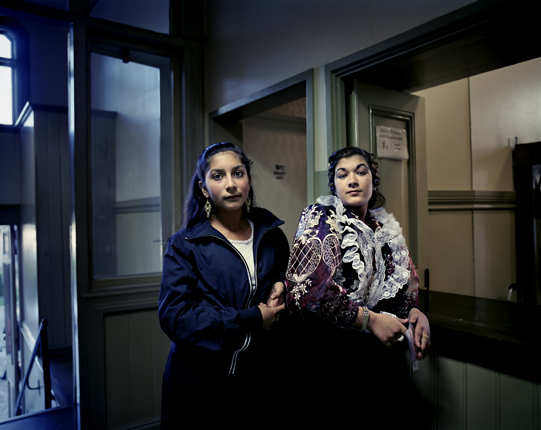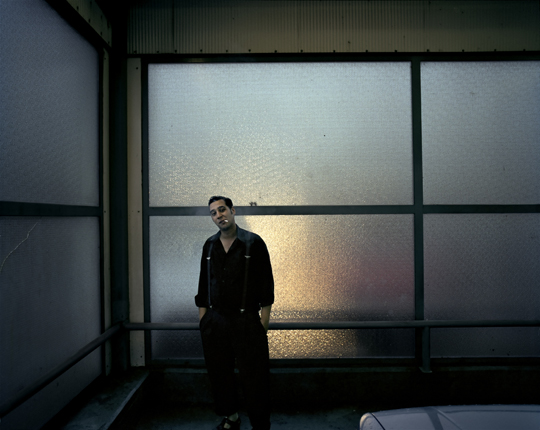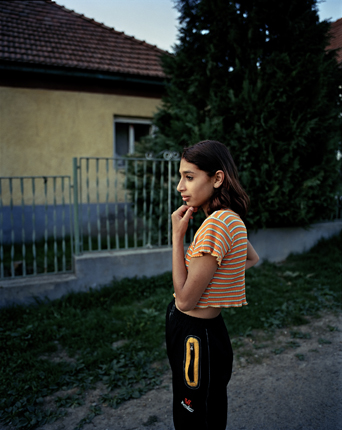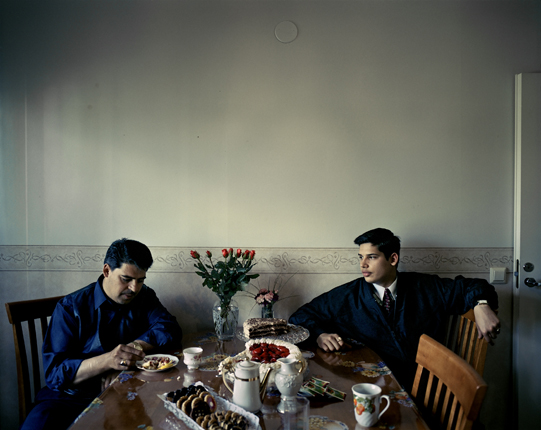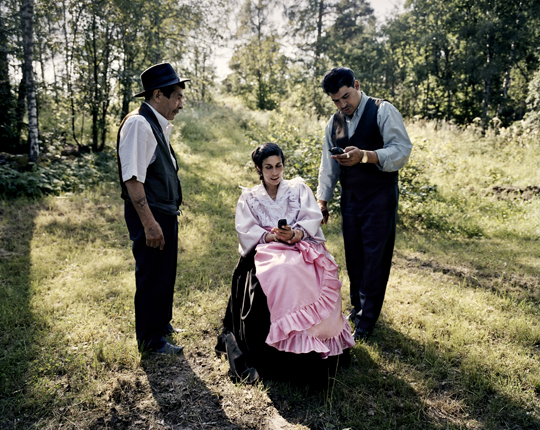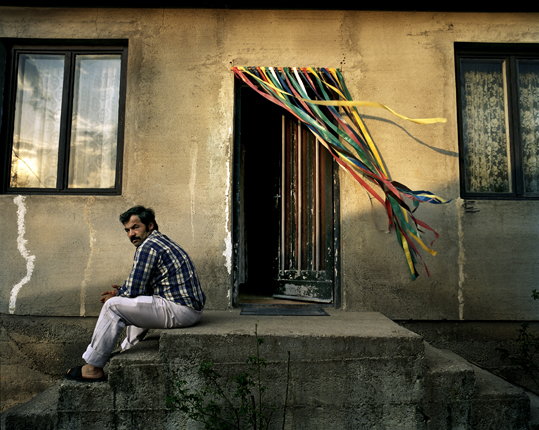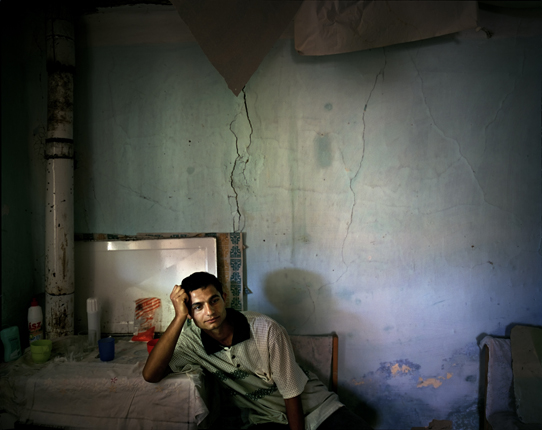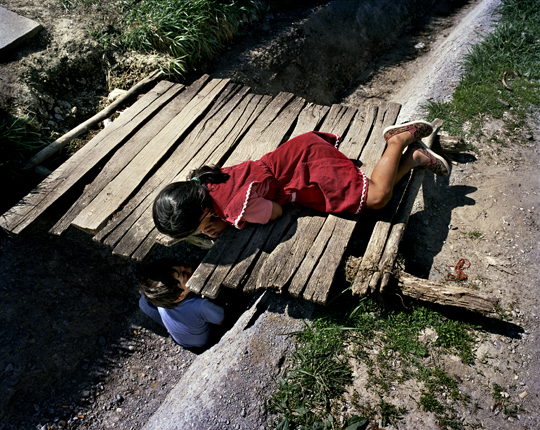Between 2000 and 2006 we undertook travels in seven different countries with a view to gaining an insight into the life of the Roma and the conditions they face. We always tried to spend a considerable length of time among the people whom we wanted to learn about and, if possible, to live with them for a while. It was our own interest that initially took us to the Roma streets in Hevesaranyos in northeast Hungary, where we spent four months at the home of Magda Karolyné, an elderly Roma woman. The other journeys to Romania and India and our travels in Finland came about through personal contact, while in Greece and Russia we were initially assisted by human rights organizations and in France by the Centre de recherches tsiganes in Paris. These Roma journeys were by no means meticulously planned, and were instead the product of a number of coincidences that enabled us to come into contact with the Roma. We endeavored to communicate directly with them. In most countries this was possible, and while we were in Russia and India we were accompanied on our travels, and thus had willing assistance. We have frequently been asked what had triggered our interest in the Roma, but we were unable to provide a definitive, let alone exhaustive answer. What is certain is that, once we had started, it seemed impossible not to continue with the project. The more we found out about the Roma and got to know them, the more our interest in and liking for them grew. In keeping with the different countries traveled, we have divided the book into seven chapters, the sequence of which roughly corresponds to the chronology of our journeys. Each chapter is introduced by an essay that serves to provide an insight into the life and historical background of the Roma in the respective countries. We would like to thank from the bottom of our hearts all those whom we encountered during the course of seven years: the countless Roma who opened their homes to us and welcomed us open-heartedly and without prejudice. We would also like to thank all those who helped us with valuable information, contacts and generous support, which facilitated our work immensely. Had all these people not taken time for us, this book would never have seen the light of day.
Cia Rinne and Joakim Eskildsen, November, 2006

